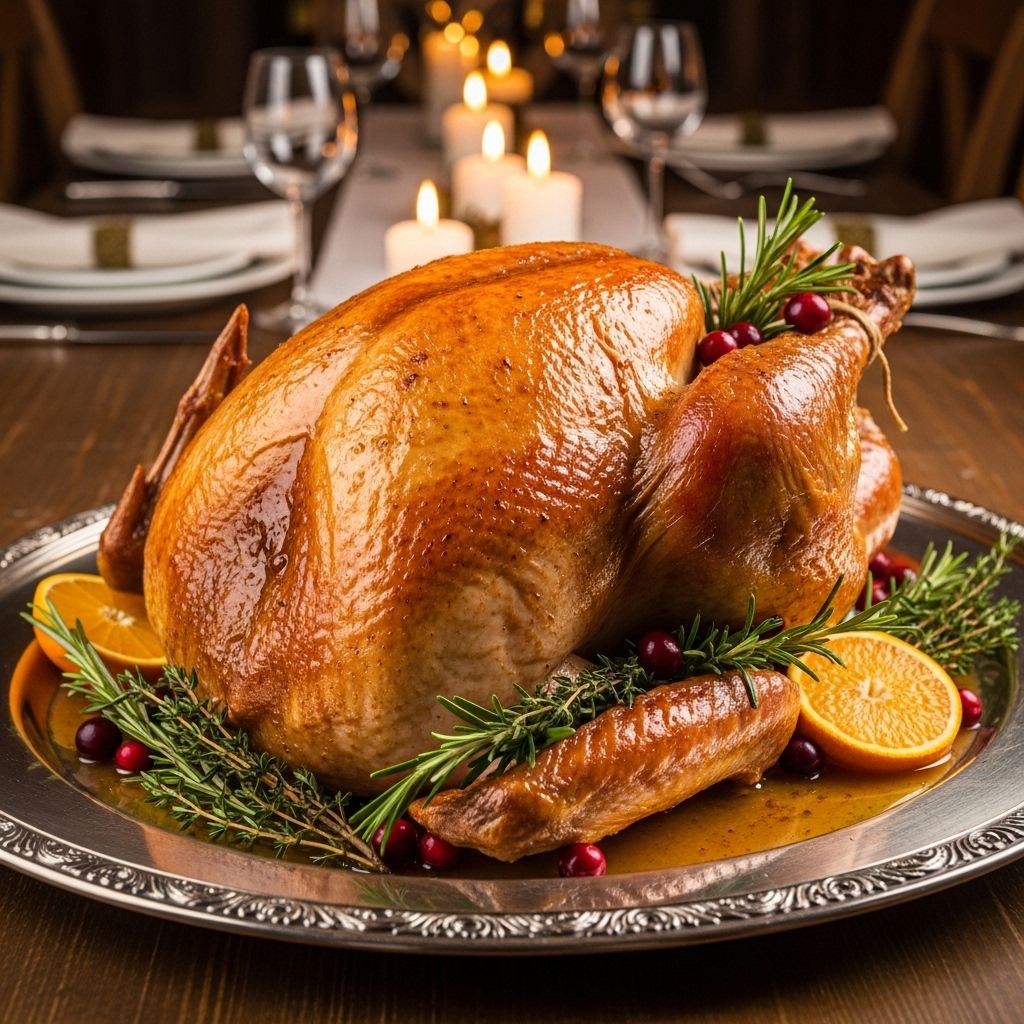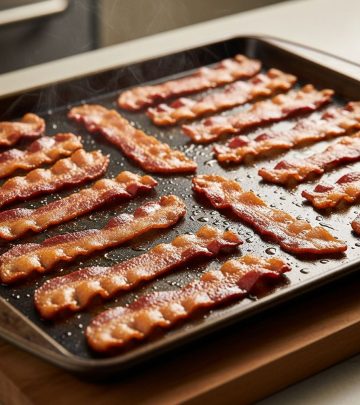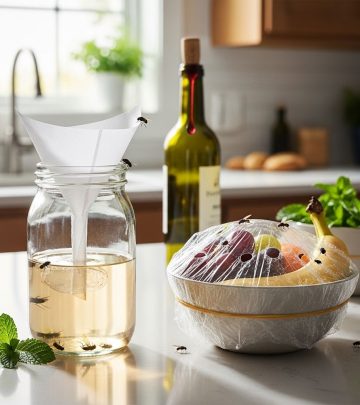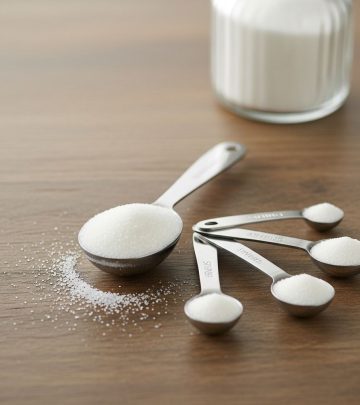How to Cook a Turkey: The Simplest, Most Reliable Method
Master the easiest step-by-step method for cooking a juicy, golden-brown turkey—ideal for beginners and holiday hosts.

Roasting a turkey can feel like a daunting challenge, especially if it’s your first time. This guide offers a straightforward, practical approach to preparing a juicy, perfectly roasted turkey, no matter your cooking experience. Whether you’re hosting Thanksgiving, Friendsgiving, or simply serving a special meal, you’ll find each step, tip, and technique you need right here.
Why This Method?
The focus is on simplicity and reliability—no fancy equipment, no complicated techniques, and no culinary degree required. The step-by-step instructions below yield a golden-brown, delicious turkey, complete with flavorful pan gravy, every time. The cornerstone of this method is a careful balance between minimal preparation and maximum flavor, ensuring even first-time cooks achieve mouthwatering results.
Essential Equipment and Ingredients
- Roasting Pan: Large enough to hold the turkey with some room on the sides
- Rack: Either a metal roasting rack or a bed of sturdy vegetables like carrots and celery
- Meat Thermometer: Digital or instant-read for accurate results
- Aluminum Foil: For tenting the turkey if needed
- Basting Brush (optional): For brushing pan juices over the bird
- Sharp Knife and Carving Fork: For carving
Main Ingredients:
- 1 whole turkey (12–16 lbs recommended for even cooking and easier handling)
- 2–4 tablespoons of olive oil or melted butter
- Kosher salt and freshly ground black pepper
- Aromatics (optional): 1 onion, 1–2 carrots, 2 stalks celery, several sprigs of fresh herbs like thyme, rosemary, and sage
- 1–2 cups turkey broth or water, for the roasting pan
Preparing the Turkey: Key Steps
1. Thaw the Turkey (if Frozen)
Most store-bought turkeys are frozen. Allow approximately 24 hours in the refrigerator for every 4–5 pounds of turkey. For example, a 16-pound turkey requires 4 days of refrigeration. Never thaw at room temperature to avoid food safety risks.
2. Remove Giblets and Pat Dry
Take the turkey out of its packaging in the sink. Remove any plastic inserts, the giblet packet, and the neck (usually in the main cavity and/or the neck area). Pat the turkey dry inside and out with paper towels.
3. Season Generously
Rub olive oil or melted butter all over the skin. Liberally season the turkey with kosher salt and black pepper, both inside the cavity and over all exposed surfaces.
- For extra flavor, tuck fresh herbs (such as thyme, rosemary, sage) inside the cavity or under the skin.
- If using aromatics like cut onion or carrot, place them inside the cavity or under the turkey in the roasting pan.
Setting Up for Roasting
4. Preheat the Oven
Set your oven to 425°F (220°C). Starting at a higher temperature helps create crispy, golden skin. Adjust oven racks so the turkey will sit in the center of the oven.
5. Arrange in Roasting Pan
Set the turkey, breast side up, on a rack inside a large roasting pan. If you don’t own a rack, create a bed with cut vegetables—this elevates the turkey so hot air circulates evenly.
6. Add Liquid
Pour 1–2 cups of broth or water into the bottom of the pan. This prevents drippings from burning and adds moisture to the oven atmosphere.
Roasting the Turkey: Step-by-Step
- Initial High Heat Blast: Roast for 30–45 minutes at 425°F (220°C). This creates crisp, browned skin.
- Lower the Heat: Reduce oven temperature to 325°F (165°C). Continue roasting until the turkey is cooked through.
- Baste Occasionally (Optional): Every 45 minutes, quickly spoon juices from the pan over the top of the turkey to help keep it moist. Avoid opening the oven frequently, as this extends cooking time.
Cooking Time Table
| Turkey Weight | Total Roasting Time* |
|---|---|
| 12–14 lbs | 2.5–3 hrs |
| 14–16 lbs | 3–3.75 hrs |
| 16–18 lbs | 3.75–4.5 hrs |
*Times assume unstuffed turkey, oven at 325°F after the initial blast. Always use a thermometer to confirm doneness.
7. Test for Doneness
The safe internal temperature for turkey is 165°F (74°C). Insert the meat thermometer into the thickest part of the thigh without touching bone. The juices should run clear and there should be no pink color. If the breast is done but legs need more time, loosely tent the breast with foil to prevent over-browning.
Resting, Carving, and Serving
8. Let the Turkey Rest
Once the turkey reaches the safe internal temperature, transfer it to a carving board. Tent loosely with foil and rest for at least 20–30 minutes. This redistributes juices and ensures juicy slices.
9. Make Quick Pan Gravy (Optional but Recommended)
- Remove excess fat from the pan, leaving browned bits and drippings.
- Place roasting pan over medium heat on the stove.
- Add about 1/4 cup flour and whisk to combine with drippings (for a roux).
- Slowly whisk in turkey stock (about 2 cups), stirring continuously until smooth and thickened.
- Season with salt and pepper to taste.
10. Carve the Turkey
Using a sharp carving knife, separate the legs from the body at the joint, remove wings, and then slice the breast meat across the grain. Arrange on a platter with fresh herbs for an elegant presentation.
Tips for Perfect Turkey, Every Time
- Dry Brining: For extra-juicy, well-seasoned meat, rub turkey with salt and let rest uncovered in the fridge for 12–24 hours (optional, but highly recommended).
- Don’t Overcook: Start checking temperature 30 minutes before you expect it to be done.
- Avoid Stuffing: Cooking stuffing in the turkey increases food safety risks and uneven cooking. Bake stuffing in a separate dish.
- Use Fresh Herbs: Sage, thyme, and rosemary enhance aroma and flavor.
- Resting is Crucial: Never skip the resting step—this locks in juiciness.
Troubleshooting & Frequently Asked Questions
Q: Do I need to baste my turkey?
A: Basting can encourage crispy skin and moist meat, but it’s not strictly necessary. If you do baste, do it quickly and no more than once per hour.
Q: My turkey is browning too fast. What should I do?
A: If the skin is darkening quickly, loosely tent those areas with foil during roasting so the interior finishes cooking before the exterior becomes too brown.
Q: Is it safe to cook stuffing inside the turkey?
A: For food safety and even cooking, it’s better to bake stuffing separately in a casserole dish.
Q: What if my turkey is done early?
A: Cover the turkey loosely with foil and a kitchen towel to retain warmth. It will stay hot for an hour or more while you finish other dishes.
Q: How do I keep my turkey juicy?
A: Avoid overcooking, let the turkey rest before carving, and use dry brining if possible. Slicing breast meat thickly also helps retain moisture.
Additional Tips for Stress-Free Roasting
- Plan all sides and oven time in advance to avoid overloading your oven on the big day.
- Clean as you go to minimize post-meal mess.
- Prepare your carving tools and serving platters before you start cooking.
Sample Turkey Roasting Timeline
| Day Before | Thaw turkey in refrigerator (if needed), dry brine if desired, prepare aromatics, and set table. |
| 4–6 Hours Before Meal | Remove turkey from fridge, let come to room temperature. Preheat oven. Assemble roasting pan and ingredients. |
| 2–4 Hours Before Meal | Roast turkey according to weight. |
| 30 Minutes Before Carving | Let turkey rest, make gravy, finish heating sides. |
Conclusion
With minimal fuss and simple ingredients, anyone can master the art of roasting turkey. Focus on good seasoning, careful monitoring of temperature, and patience during resting. The result is a centerpiece worthy of any gathering—golden, juicy, and packed with flavor.
Frequently Asked Questions (FAQs)
Q: Can I roast a turkey breast instead of a whole turkey?
A: Yes. Use the same temperature guidelines, but reduce roasting time. Turkey breast is an excellent option for smaller gatherings and roasts quickly while remaining juicy when not overcooked.
Q: How can I add extra flavor to my turkey?
A: Rub softened herb butter under the skin, stuff the cavity with aromatic vegetables and herbs, and baste with pan juices or broth for enhanced taste and aroma.
Q: Should I wash the turkey before cooking?
A: No. Rinsing poultry increases the risk of cross-contamination. Simply pat the turkey dry with paper towels before seasoning.
Q: What are the best herbs for seasoning turkey?
A: Classic choices include sage, rosemary, thyme, and parsley. Fresh herbs add a vibrant aroma and depth of flavor to the finished dish.
Q: How far ahead can I prepare the turkey?
A: You may season or dry brine the turkey a day in advance and leave it uncovered in the refrigerator. This dries the skin slightly, producing a crisper finish when roasted.












